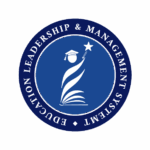School Visit: Pre-Evaluation Report
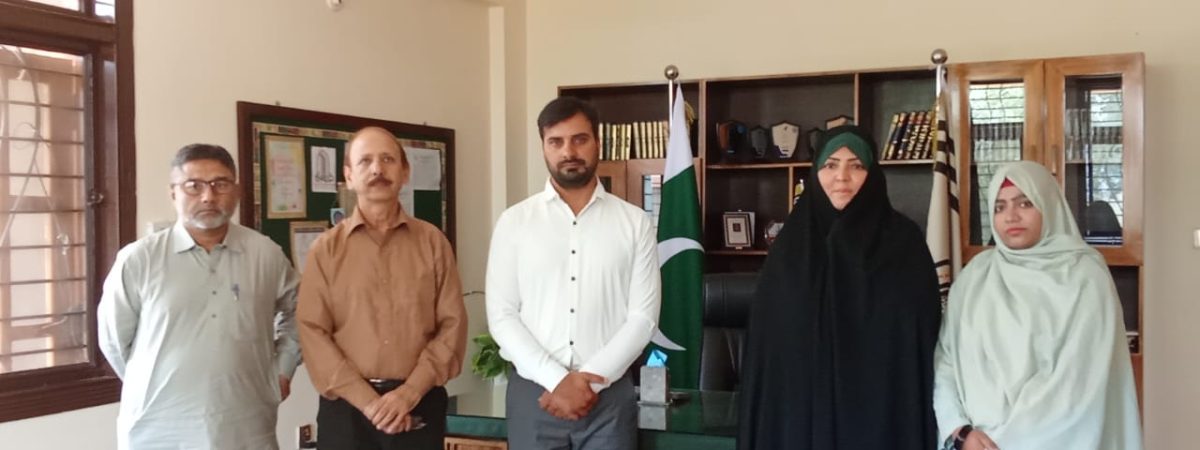
- School Name: Dar al Mawaddah Hifz School and College
- Location: Kardala. Muzaffarabad, Azad Kashmir
- Date of Visit:01-06-25 to 03-06-25
- Evaluators: Syed Nusrat Hussain, Syed Zain Abbas, Syed Mohammad Ali Naqvi
A three members team comprising Syed Nusrat Hussain Coordinator ELMS, Syed Zain Abbas Director Ops. ELMS and Syed Muhammad Ali Naqvi, Expert Evaluation ELMS, left Islamabad on 1st June 2025 at 6,30 pm and after a drive of 3 and half hour, reached Darul Mawaddah School & College at 7.30 pm. The Principal of School Sister Sadiqa Batool Najafi received the team. She is an able Alima, got educated from Qum Iran. She had arranged our stay at the school campus, as there is no hotel around this mountainous suburban area of Muzaffarabad.
The next day we met the principal at her office. She gave us the introduction of school. she was very happy to see the ELMS Pre-Evaluation Team at her school. later she introduced us with the vice principal of school. The principal described the purpose of establishing this school at hard area. She described about her school problems and challenges. we gave her Self Evaluation Proforma (the one for the school head or Administrator). the school is divided into two shifts. the 1st shift is for Hifz e Quran. The 2nd shift is run as a regular school. The school is constructed on a hilly area, surrounded by trees and greenery. The school building is composed of 2 floors. The school has its own girl’s hostel. Most of the teachers have been hired from this part of area.in the 2nd shift, after the approval of principal, we visited the school, class rooms, laboratory and library. We worked on 2 evaluations. 1.Class room Observation and 2, teachers Observation.
Based upon our visit here are the reports about this school.
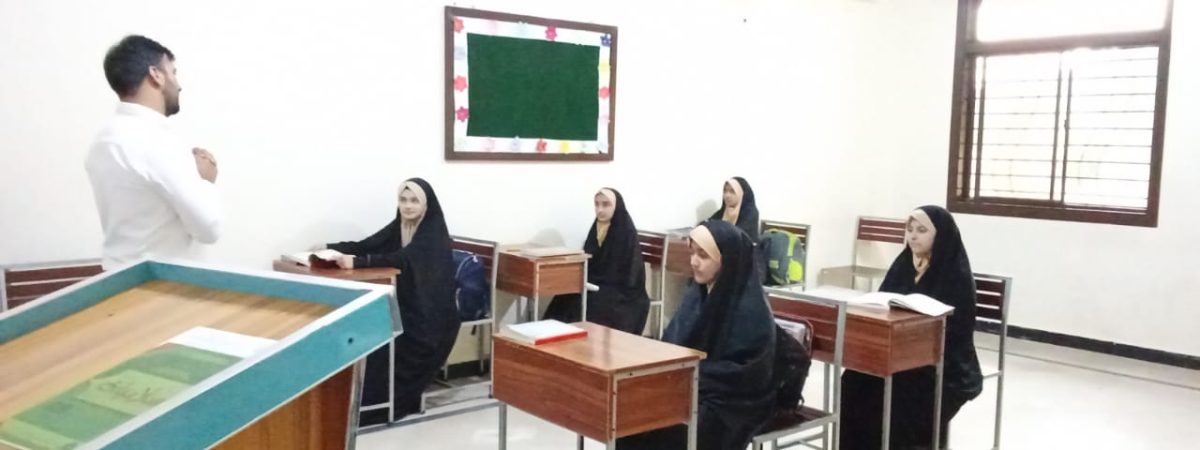
Executive Summary
This pre-evaluation report summarizes the findings of the recent school visit aimed at assessing various operational, academic, and infrastructural facets of the institution. The visit was conducted to gather preliminary insights that will inform the final evaluation. The report includes observations on teaching quality, infrastructure, school climate, administrative processes, and community engagement, along with recommendations for potential areas of improvement.
Objectives of the Visit
- Assess
Educational Environment: To review classroom practices, curriculum
implementation, teacher-student interactions, and overall learning
conditions. - Evaluate
Infrastructure & Resources: To examine the state of classrooms,
laboratories, libraries, playgrounds, and other facilities. - Understand
Administrative Processes: To observe leadership effectiveness, staff
coordination, student services, and safety protocols. - Gauge
Community & Parental Involvement: To assess how the school
involves parents and community stakeholders in its operations.
Identify Strengths and Challenges: To note areas of excellence and potential
opportunities for improvement to guide further evaluation.

Methodology
Preparation and Planning
- Development of Evaluation Tools: Checklists, observation protocols, and interviews were conducted to ensure consistency across the evaluation process.
- Visit Procedures:
- Interviews: Meetings were held with the principal, teachers.
- Classroom Observations: Unannounced classroom visits were conducted to observe teaching methods, student engagement, and learning materials in use.
- Facility Walkthrough: A systematic inspection of classrooms, laboratory, library, sports facilities, and common areas was performed.
- Review Sessions: A debriefing session was held with the school’s administrative team to understand current challenges and future plans.
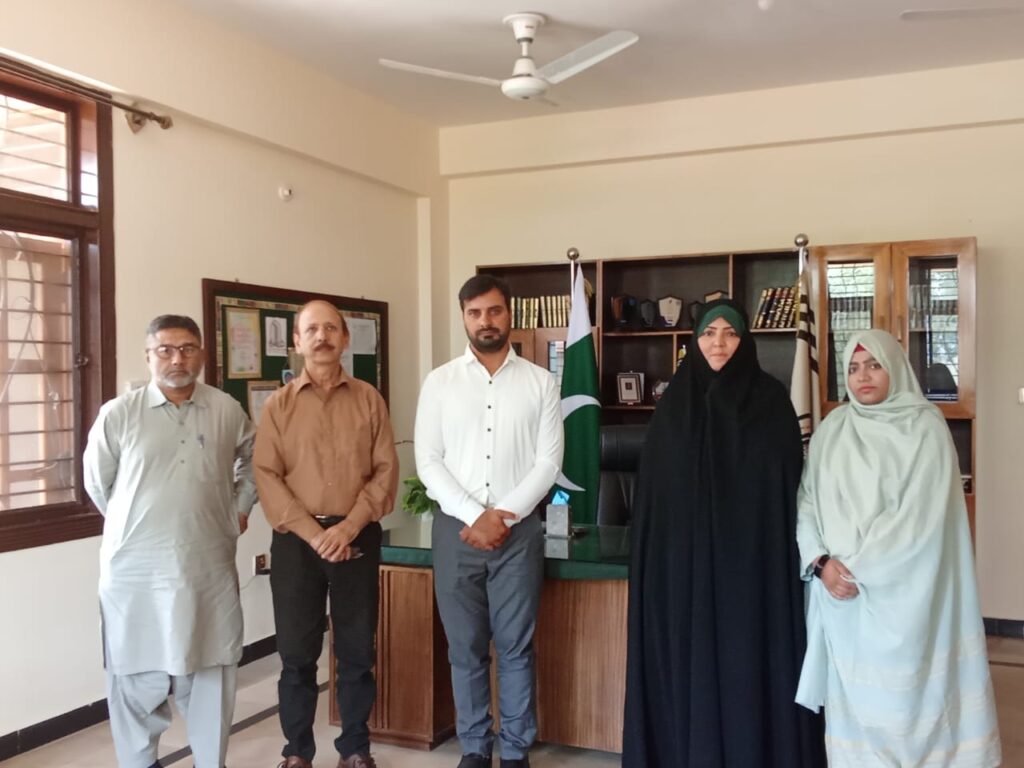


Detailed Observations
Academic Environment
- Teaching and Learning:
- Strengths: Teachers demonstrated subject mastery and in their relevant subjects.
- Areas for Improvement: Interactive discussions and technology integration
- Classrooms lacked updated educational resources. There is scope to enhance differentiated instruction to cater to diverse learner needs.
- Student Engagement: Observations: Students appeared attentive and engaged in most sessions; however, a few classes exhibited passive engagement which could be improved with more
Infrastructure and Facilities
- Classroom Environment:
Strengths: Classrooms were generally well-organized, with adequate seating arrangements and a clean, conducive learning environment.
- Areas for Improvement: Certain areas, such as science laboratories and computer rooms, require proper science experiments apparatus and modernization to keep up with current technological standards.
- Library and Resource Centers:
- Observations: The school library is well-stocked with a variety of reference books, though it could benefit from increased access to digital resources.
· Laboratory The school laboratory has been well constructed, fitted with required experiment performing tables and covered Almirahs, although it lacks proper lab equipment needed for experimentation and observation.
- Recreational Facilities:
- Observations: The playground and sports facilities are not adequate, but additional safety measures (such as proper lighting and fencing) are managed.
Administrative and Organizational Aspects
- Leadership and Management:
- Strengths: The principal and management team were approachable, open to feedback, and actively involved in daily operations.
- Areas for Improvement: Streamlining communication channels and documenting routine administrative processes can enhance operational efficiency.
- Safety and Maintenance:
- Observations: Emergency exits and safety protocols were adequately marked, although regular drills and updated training could further strengthen the school’s preparedness.
Community and Parental Involvement
- Engagement Programs:
- Observations: The school has instituted regular parent-teacher meetings and community outreach events, which support a collaborative educational environment.
- Recommendations: Enhancing communication through digital platforms could improve accessibility for parents and guardians.
Strengths Summary
- Dedicated and skilled teaching staff employing diverse teaching methods.
- Well-maintained facilities that create a positive learning environment.
- Strong leadership with an active commitment to improvement.
- Effective community engagement initiatives that involve parents and local stakeholders.
Areas for Improvement
- Update and expand classroom resources and technology integration.
- Enhance differentiated instruction practices to address varied learning needs.
- Modernize specific infrastructure elements such as laboratories and resource centers.
- Strengthen safety protocols with regular drills and updated training sessions.
- Improve internal administrative processes and digital communication tools.
Recommendations for Next Steps
- Resource Upgradation: Develop a phased plan for updating classroom and laboratory technologies.
- Professional Development: Organize workshops focused on inclusive teaching strategies and the integration of digital tools.
- Facility Improvement: Prioritize the renovation of outdated spaces and the expansion of digital libraries.
- Safety Enhancements: Schedule periodic drills and provide ongoing safety training for students and staff.
- Feedback Mechanisms: Implement regular surveys among students, teachers, and parents to continuously monitor satisfaction and identify emerging issues.

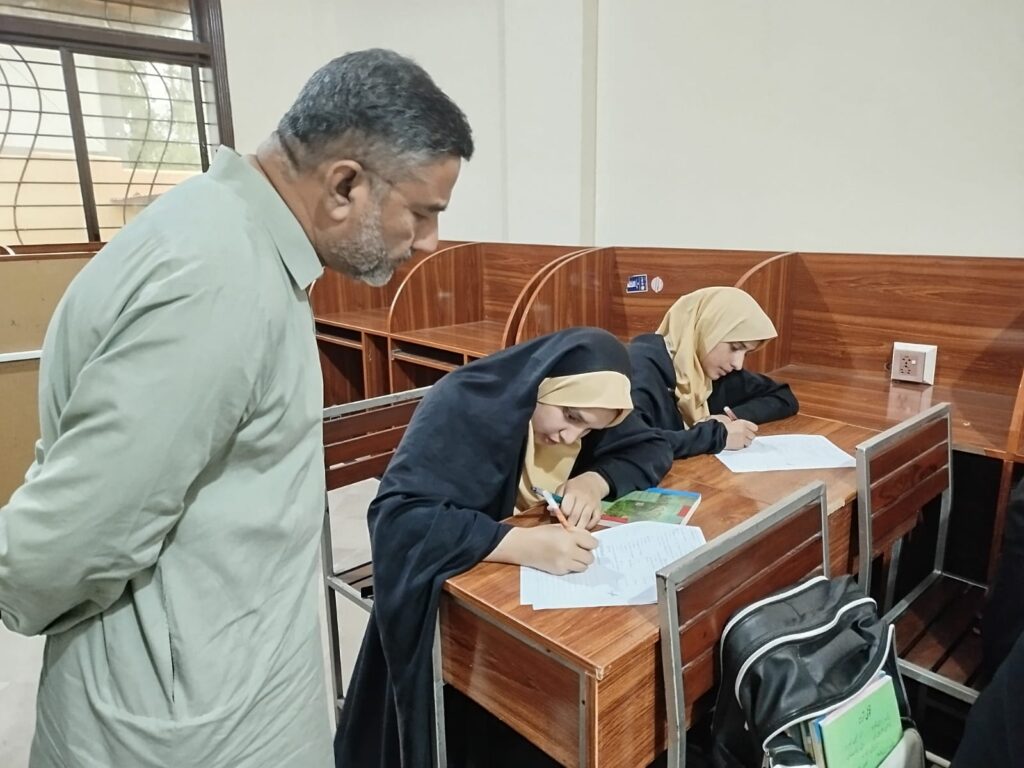

Conclusion
The pre-evaluation visit provided a detailed snapshot of the current state of Dar al Mawaddah Hifz School & College. While the school demonstrates commendable strengths in teaching, leadership, and community engagement, several areas require focused attention to support continuous improvement. The observations and recommendations outlined in this report will serve as a foundational step toward comprehensive school improvement initiatives and inform subsequent stages of evaluation.
